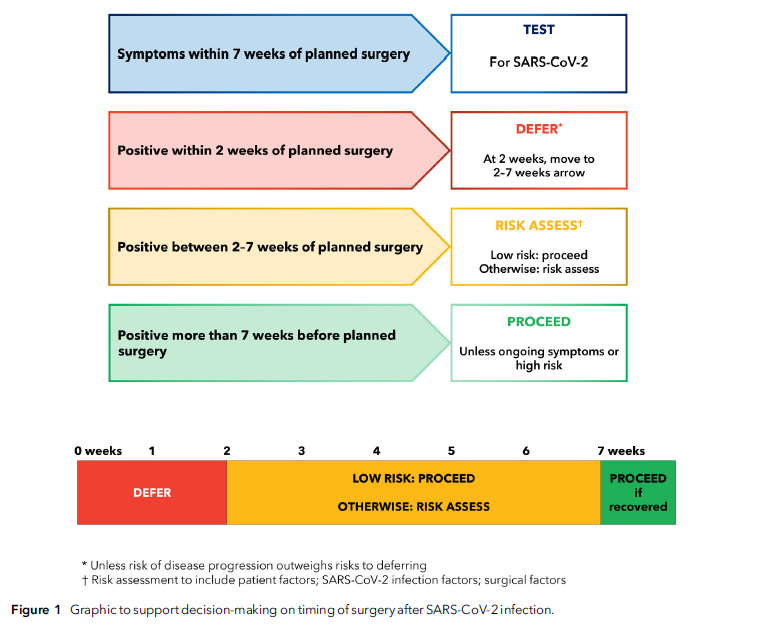Choi S, Mahon P, Awad IT. Neuraxial anesthesia and bladder dysfunction in the perioperative period: a systematic review. Can J Anaesth. 2012 Jul;59(7):681-703. Erratum in: Can J Anaesth. 2017 Dec 18. Full-text for Emory users.
Principal findings: Our search yielded 94 studies, and in 16 of these studies, the authors reported time to micturition after intrathecal anesthesia of varying local anesthetics and doses. Intrathecal injections were performed in 41 of these studies, epidural anesthesia/analgesia was used in 39 studies, and five studies involved both the intrathecal and epidural routes. Meta-analysis was not possible because of the heterogeneity of interventions and reported outcomes. The duration of detrusor dysfunction after intrathecal anesthesia is correlated with local anesthetic dose and potency. The incidence of urinary retention displays a similar trend and is further increased by the presence of neuraxial opioids, particularly long-acting variants. Urinary tract infection secondary to catheterization occurred rarely.
Conclusions: Neuraxial anesthesia/analgesia results in transient detrusor dysfunction. The duration of dysfunction depends on the potency and dose of medication used; however, it does not appear to result in significant morbidity.
Allen MS, et al. Optimal Timing of Urinary Catheter Removal After Thoracic Operations: A Randomized Controlled Study. Ann Thorac Surg. 2016 Sep;102(3):925-930. Full-text for Emory users.
Results: The study enrolled 374 patients, 217 men (58%) and 157 women (42%). The 247 eligible and evaluated patients, 141 (57.1%) men and 106 (42.9%) women, were a median age of 61.5 years (range, 21 to 87 years). There were no statistically significant differences in any of the preoperative or operative categories between the two groups. Median length of stay was 5 days (range, 2 to 42 days) for all patients, and there was no difference between the two groups. Postoperatively, 19 patients (7.7%) required urinary catheter reinsertion after it was removed. A significantly greater number of patients in the early removal group required reinsertion of the urinary catheter (15 [12.4%] vs 4 [3.2%]); p = 0.0065). Patients whose urinary catheter was removed within 48 hours of the operation had a much higher rate of bladder scans postoperatively (59.5% [n = 72]) and required more in-and-out catheterization than those whose urinary catheter was removed 6 hours after the epidural analgesia was discontinued (31.0% [n = 39]; p < 0.0001). The only documented urinary tract infection in the entire cohort occurred in a patient whose urinary catheter was removed within 48 hours after the operation. No urinary tract infections developed in the 126 patients whose urinary catheter remained in place until the epidural catheter was removed.
Conclusions: In a randomized control trial, patients with an epidural catheter in place after a general thoracic surgical operation have a higher rate of urinary problems when the urinary catheter is removed early, while the epidural catheter is still in place, compared with patients whose urinary catheter is removed after the epidural analgesia is discontinued.
Continue reading →






